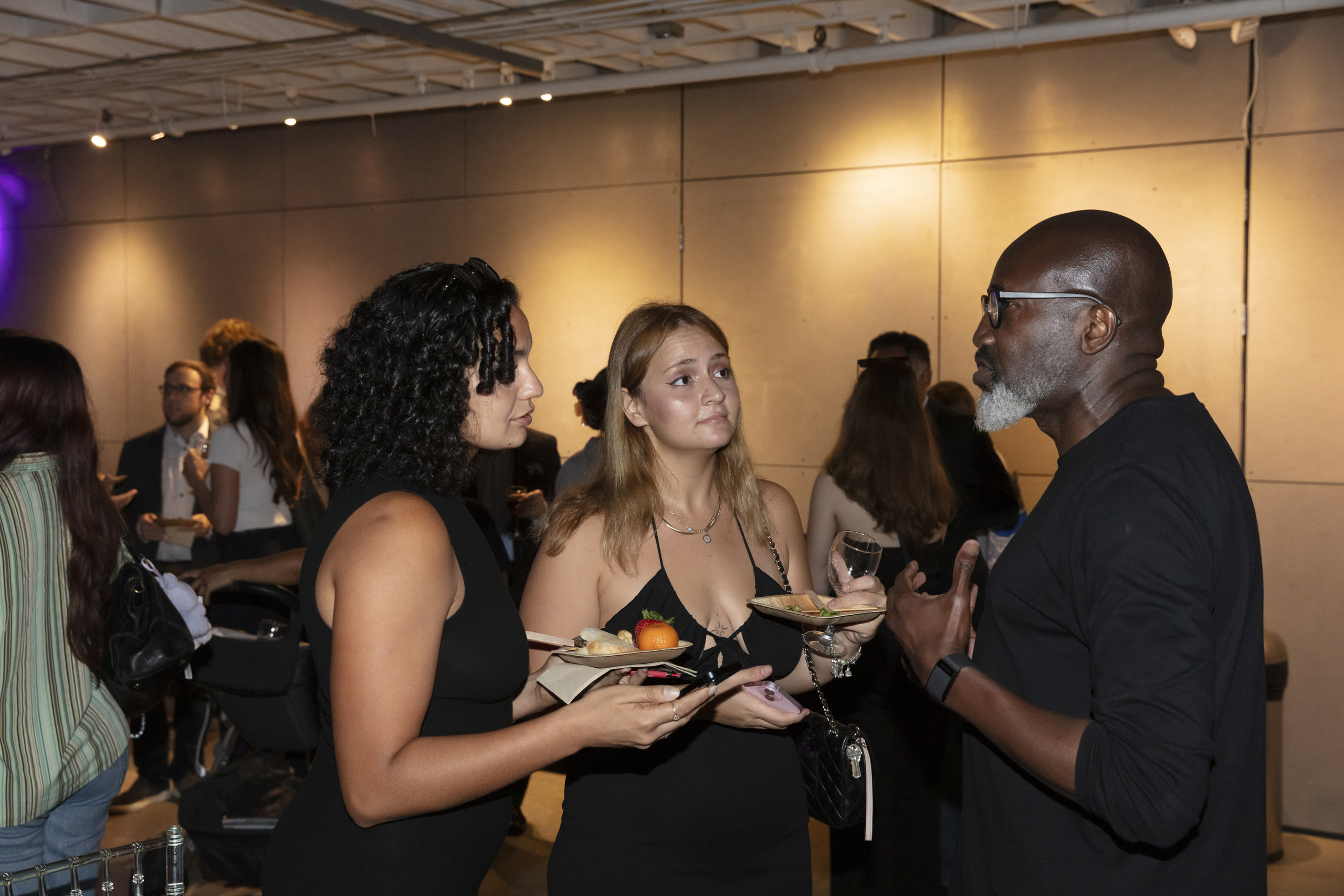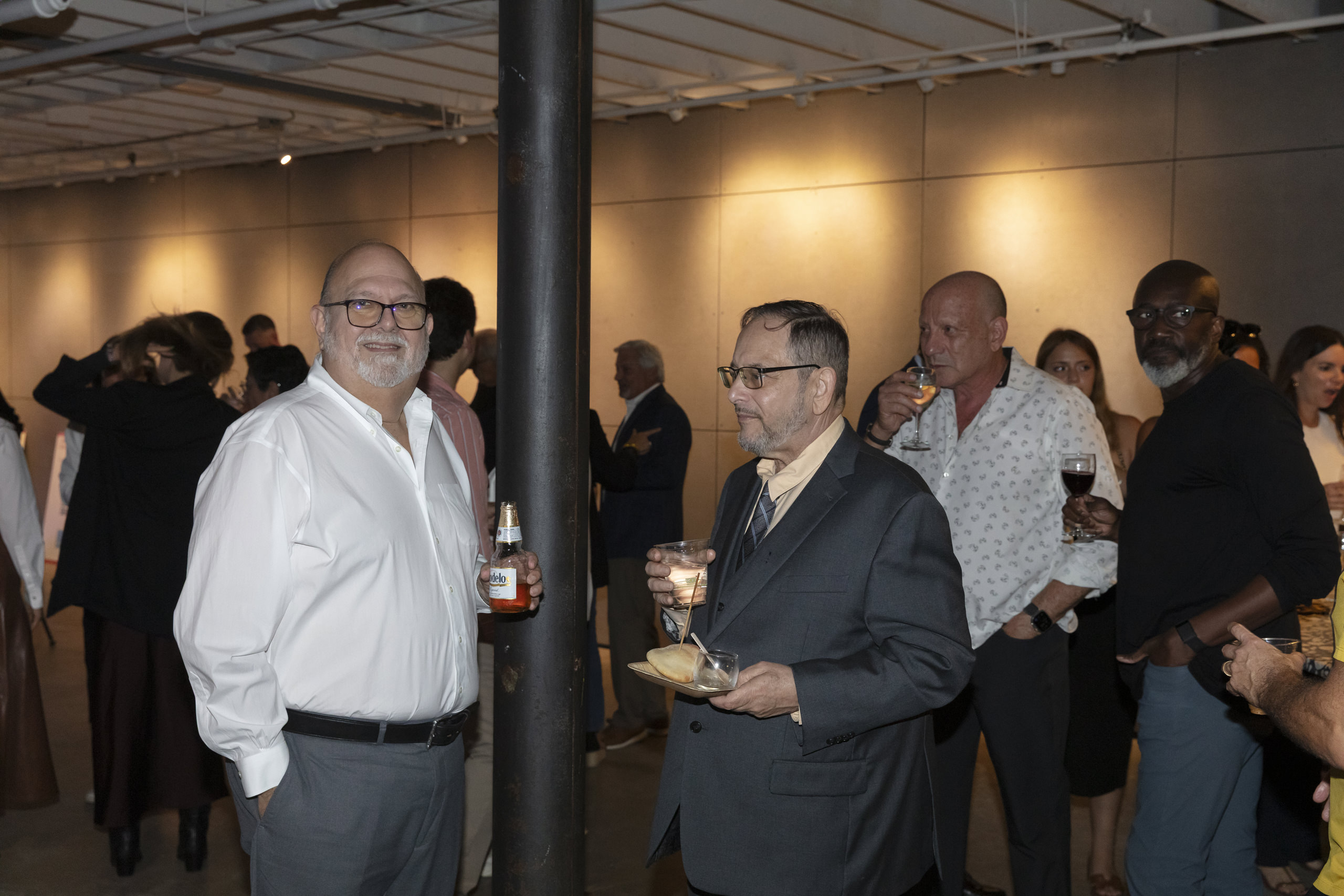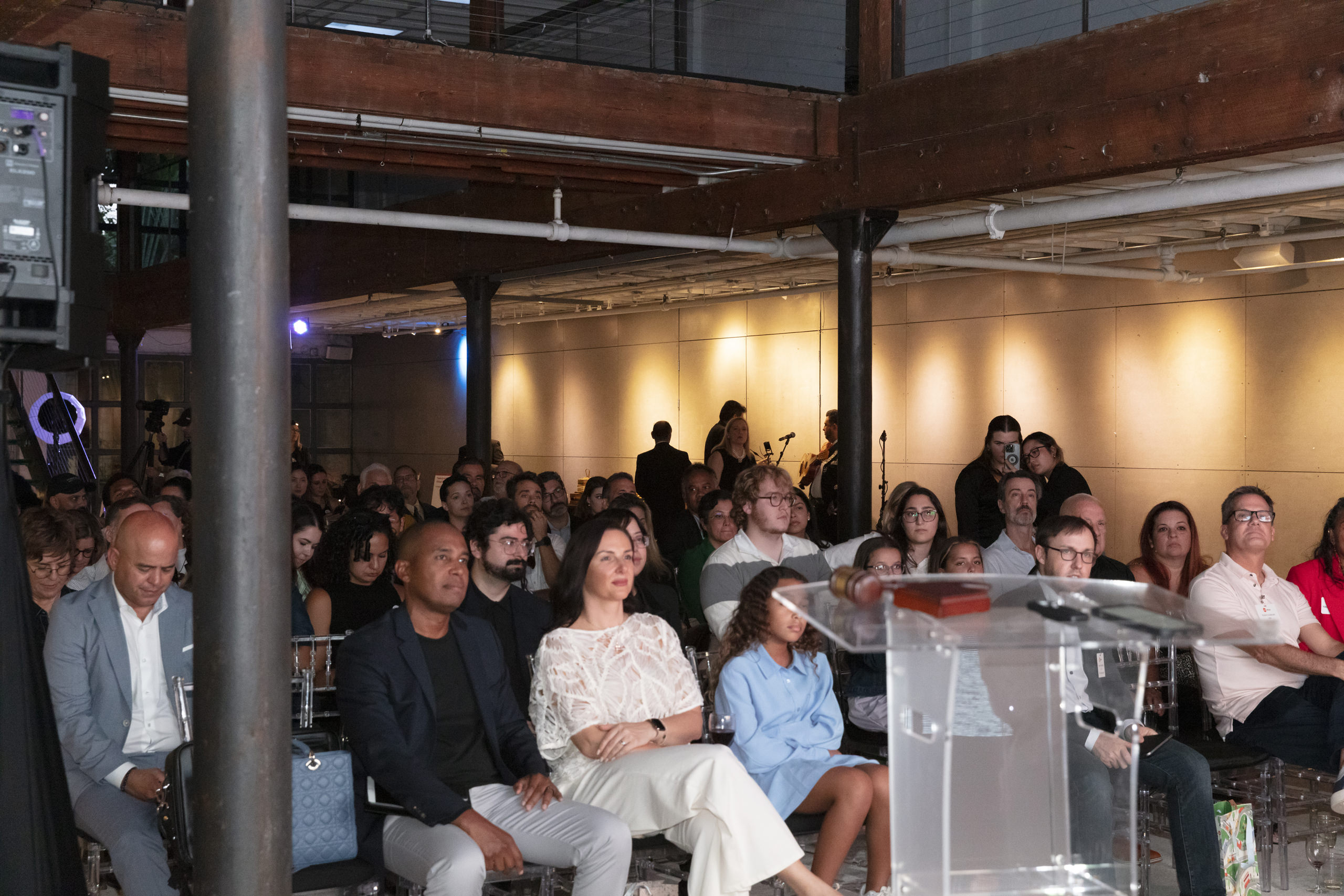Insider SERIES • Article FEATURE
Bridging Futures – 2025 AIA Miami Annual Meeting
Featuring AIA Miami
Sponsored by Riva Spain
Featuring RooTSDNA Architecture
Sponsored by CPS Outdoors
Sponsored by Perkins&Will
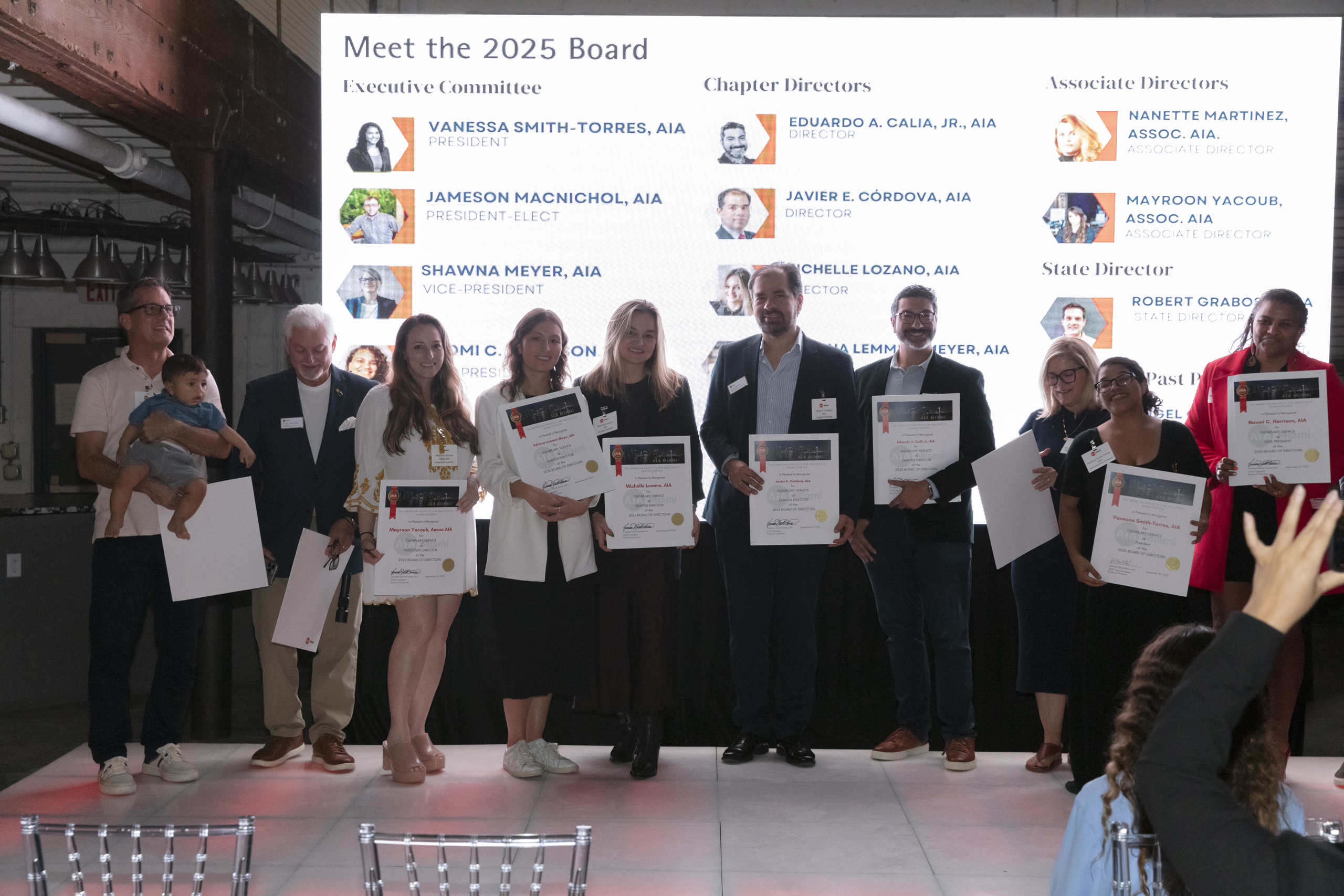
Architecture is never only about buildings—it is about people, networks, and the shared spaces that foster dialogue. AIA Miami’s 2025 Annual Meeting embraced this truth, transforming Miami Ironside’s Glass Box into a stage for reflection, recognition, and anticipation. It was less a formal gathering than a living proof of architecture’s power to convene, inspire, and project futures.
For 95 years, AIA Miami has been a cornerstone of South Florida’s architectural community, and its annual meeting remains one of its most essential traditions. This year’s edition—welcoming over 100 guests—was both a retrospective and a springboard. Attendees celebrated the 2025 CKLDP class, emerging professionals, and the chapter’s remarkable year: over 70 events, 30 partnerships, and more than 3,000 participants. But it was also a platform for announcements, from the introduction of new board members to a preview of upcoming initiatives such as a fall pickleball tournament and the Women in Architecture Leadership Summit. In Vanessa Smith Torres’s words, gatherings like this “are how we build both personal and professional networks… how we support each other and grow together.” Miami Ironside itself, with its mix of adaptive reuse and urban vitality, provided an apt backdrop. Once a barren parking lot, the site has evolved into a creative campus, home to ateliers, cafes, and versatile venues. The Glass Box, where the meeting unfolded, carries its own cultural cachet—it has even hosted a Shakira music video. With its open layout, dual bars, and mezzanine, it is designed for connection, a fitting metaphor for an organization committed to uniting professionals across backgrounds, firms, and disciplines.
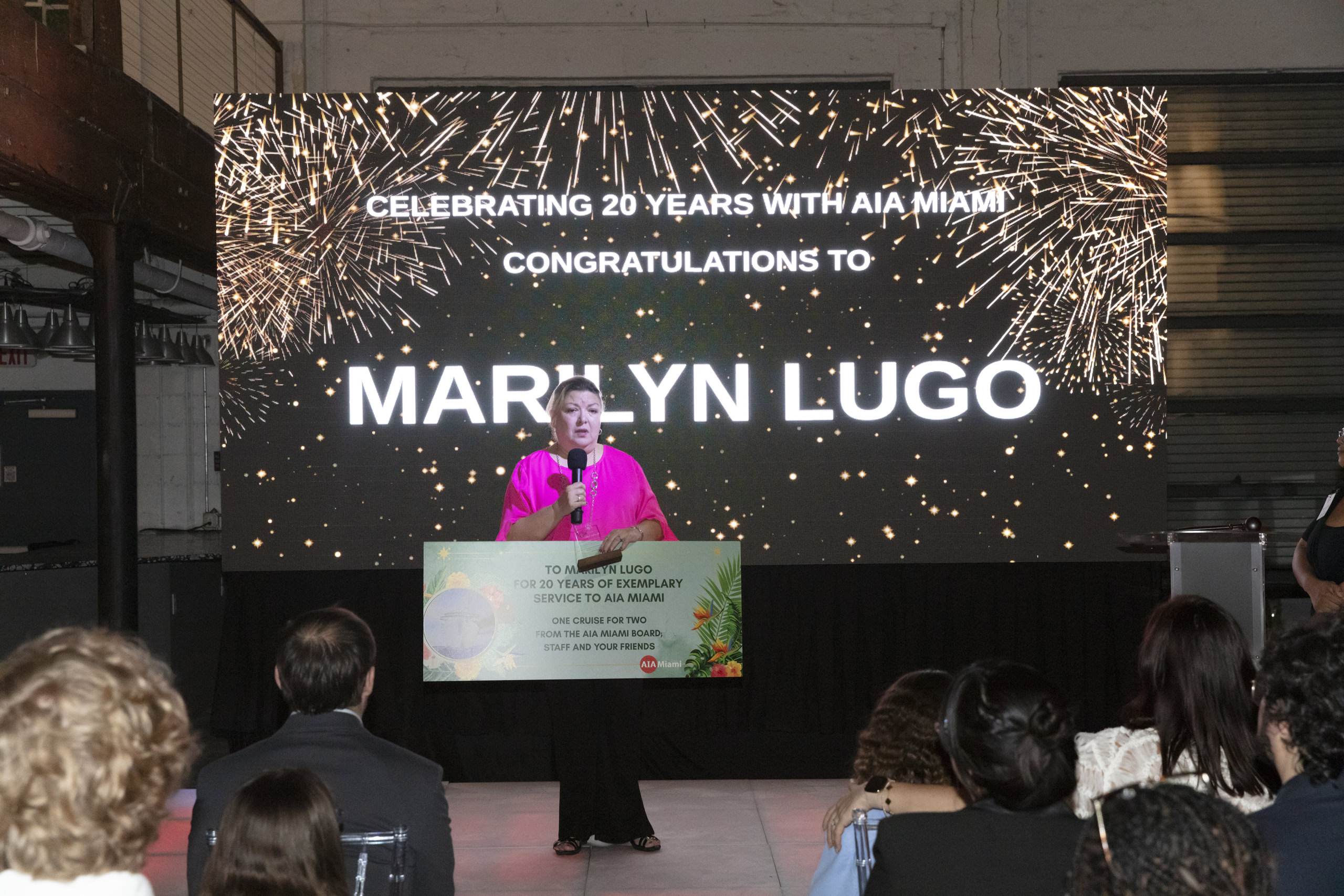
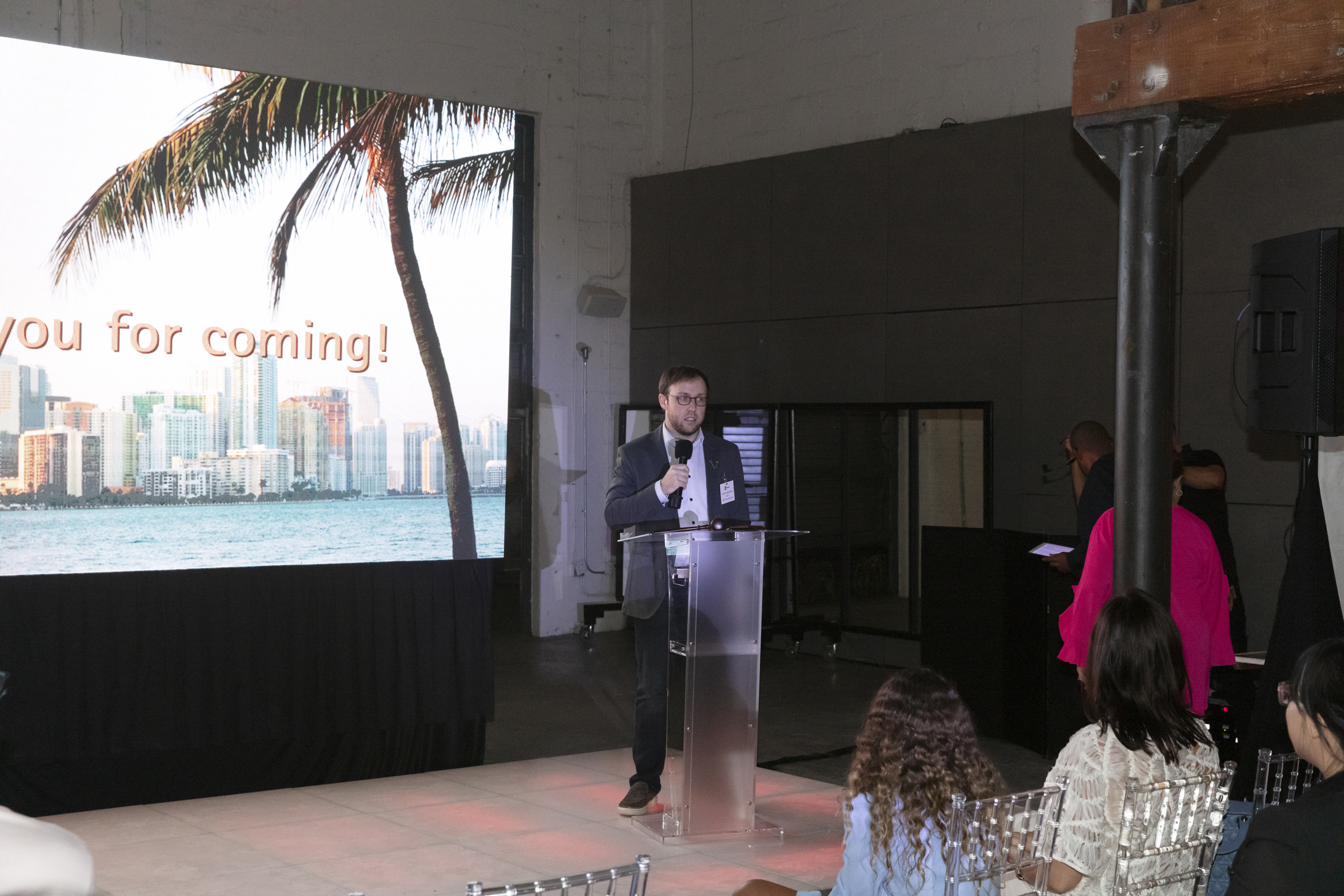
"A community strengthened by shared vision"
The evening’s speakers underscored architecture’s dual mission: to innovate and to connect. Architect of the Year 2024, Claudio Salazar of Roots DNA Architecture, urged colleagues to keep public spaces central to their practice. “In a world of hyper-consumerism, physical contact is important,” he reminded, positioning design not merely as a profession but as a stewardship of human encounter.
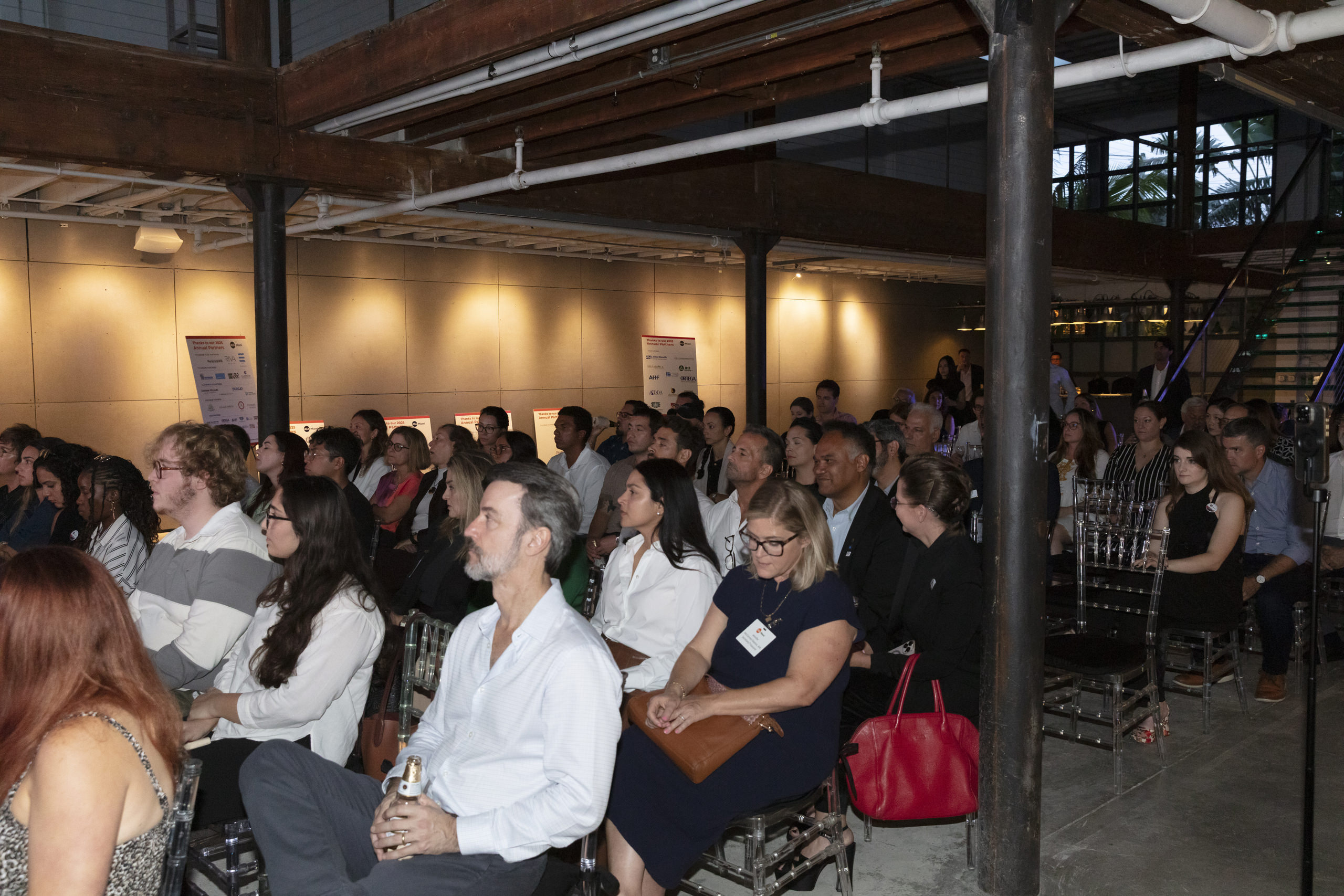
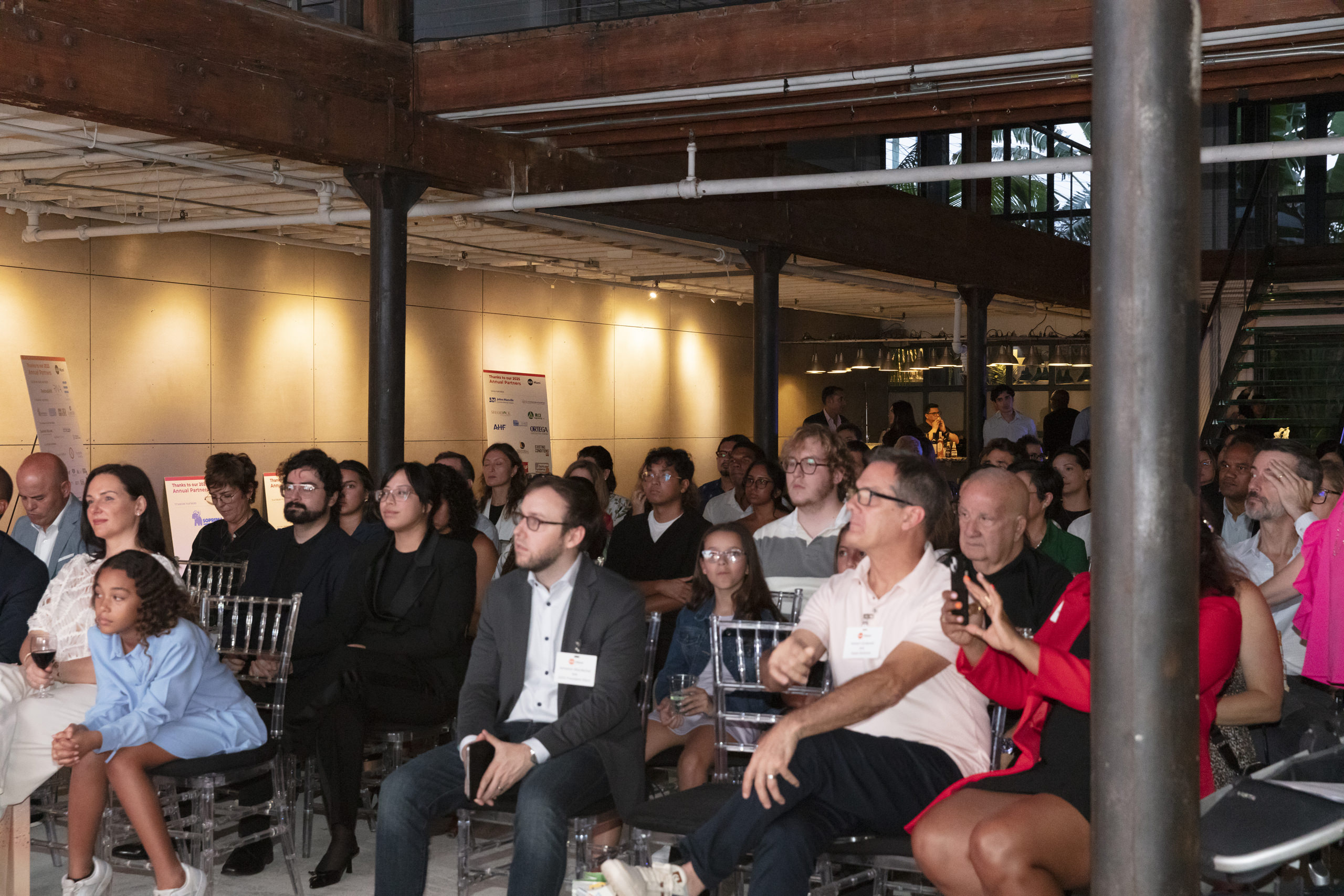
This emphasis on social responsibility resonated with the chapter’s broader trajectory. Under Torres’s leadership—the first Black, Puerto Rican, and tenth female president in the chapter’s history—AIA Miami has prioritized inclusivity, mentorship, and the elevation of underrepresented voices. With the Women in Architecture committee marking its 15th anniversary, and an upcoming Leadership Summit aimed at student scholarships, the chapter is crafting a model where design excellence is inseparable from cultural equity and opportunity.
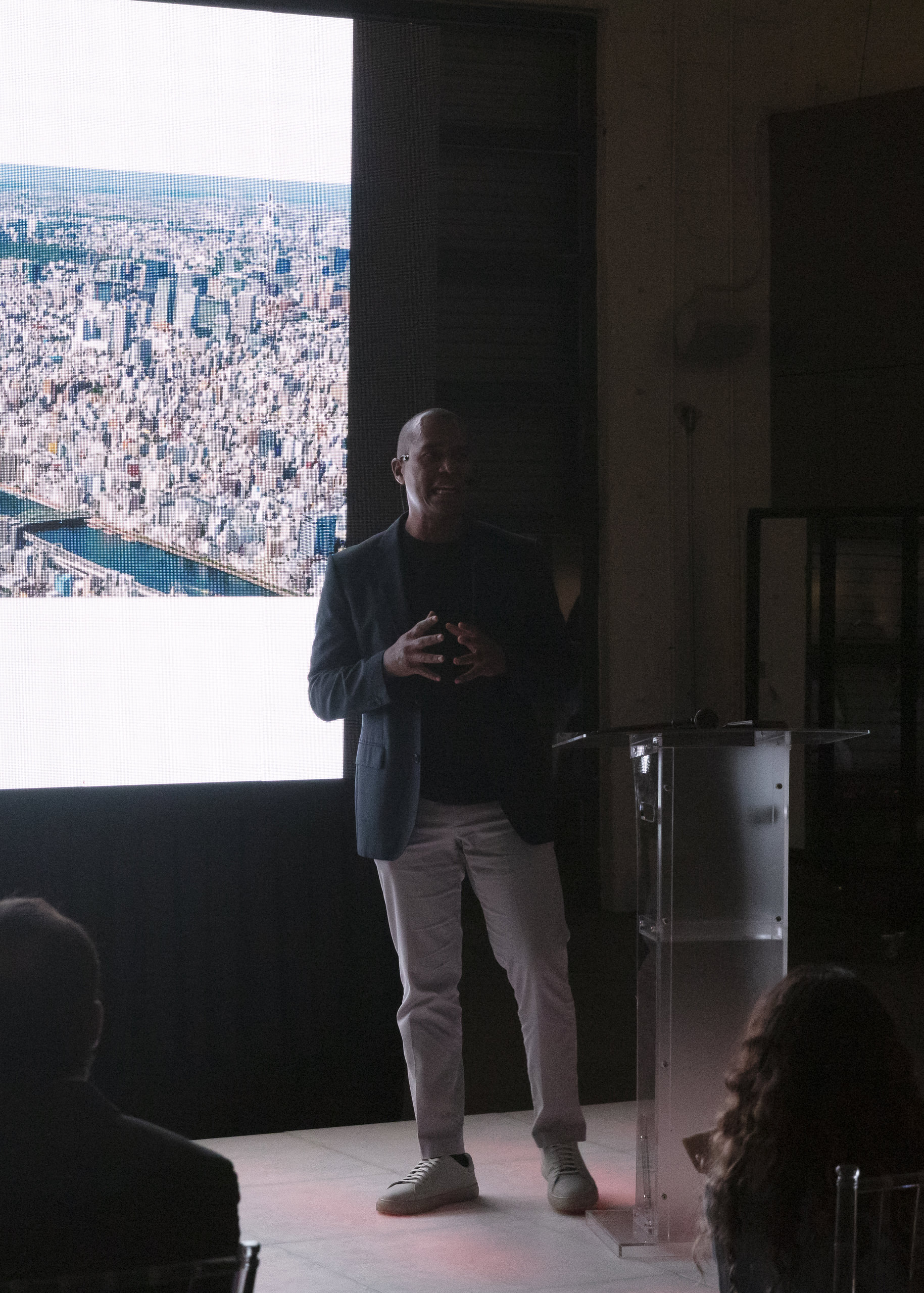
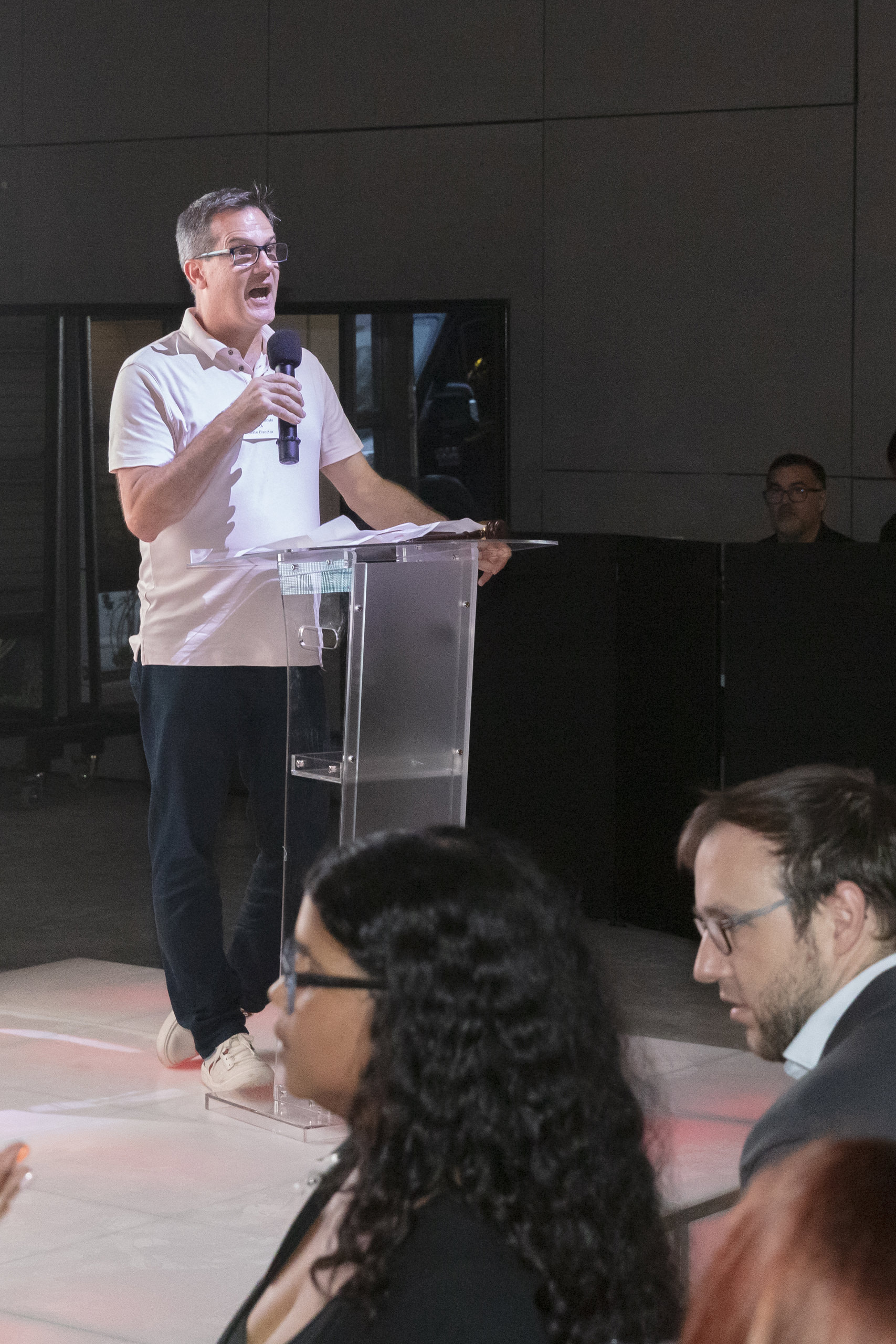
"Architecture as dialogue, not monologue"
Sponsors, too, played a defining role. “We are proud to build what AIA members design,” noted Cesar Cortez of CPS Outdoors, a titanium sponsor. His words captured the synergy between vision and execution—between the imaginative leap of architects and the grounded expertise of builders. It is in these alliances that Miami’s skyline and neighborhoods continue to transform.
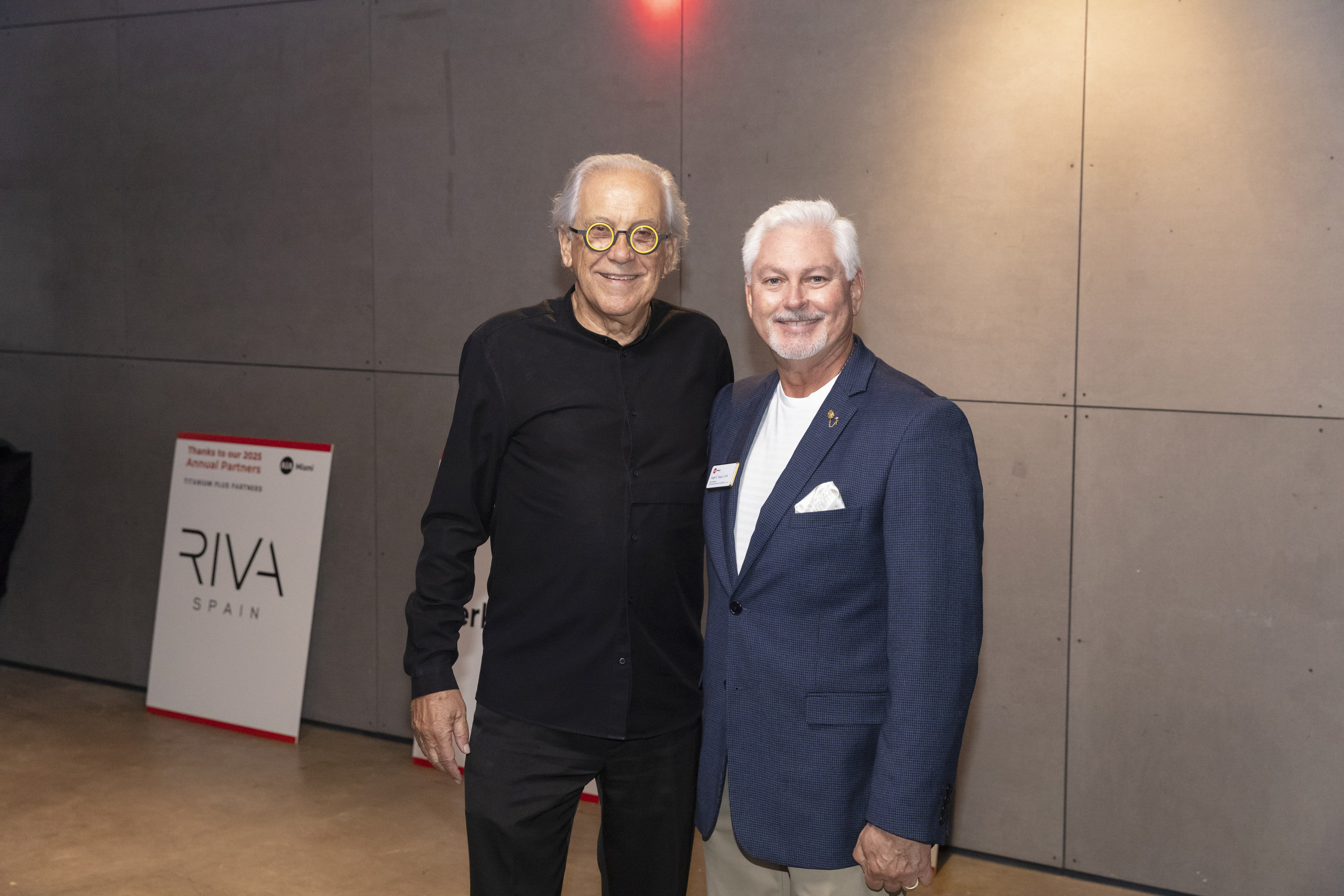
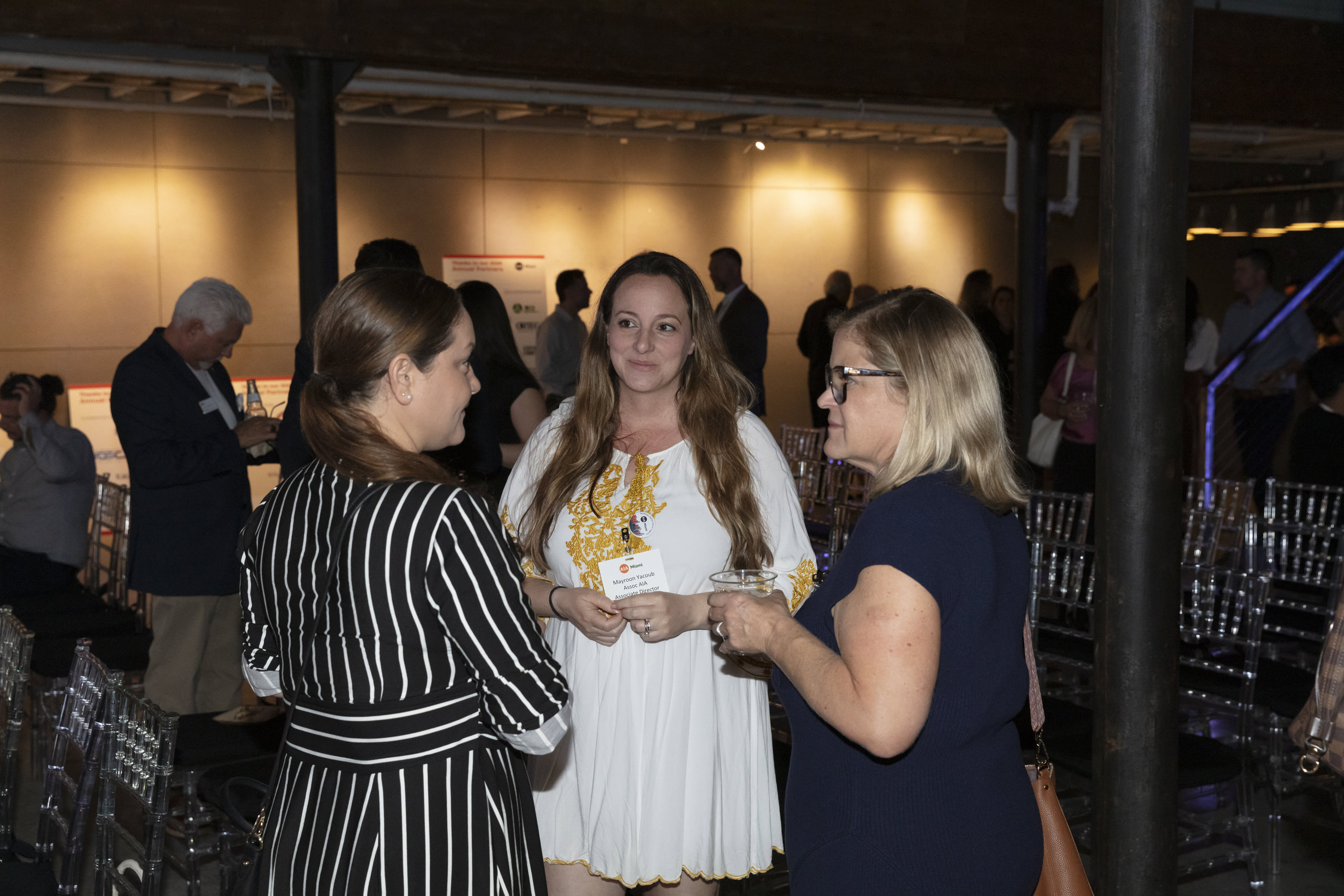
For long-serving staff like Marilyn Lugo, who has spent 20 years supporting AIA Miami members, the meeting was also a personal moment of gratitude. “I feel very responsible for my members,” she shared, her voice underscoring the organization’s spirit of service. Such reflections remind that behind every event, program, or award lies a commitment to nurturing careers, opening doors, and advancing the profession in meaningful ways.
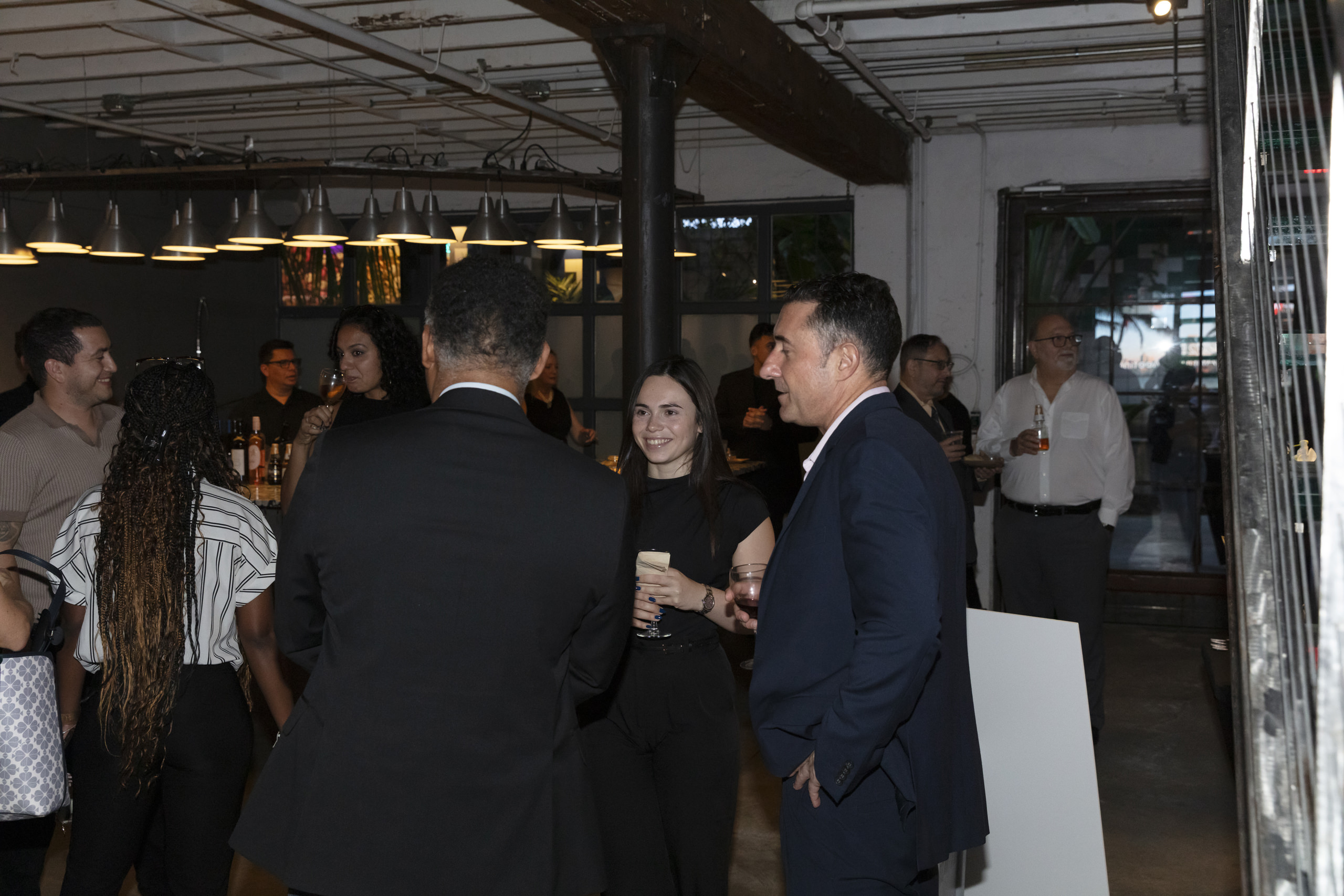
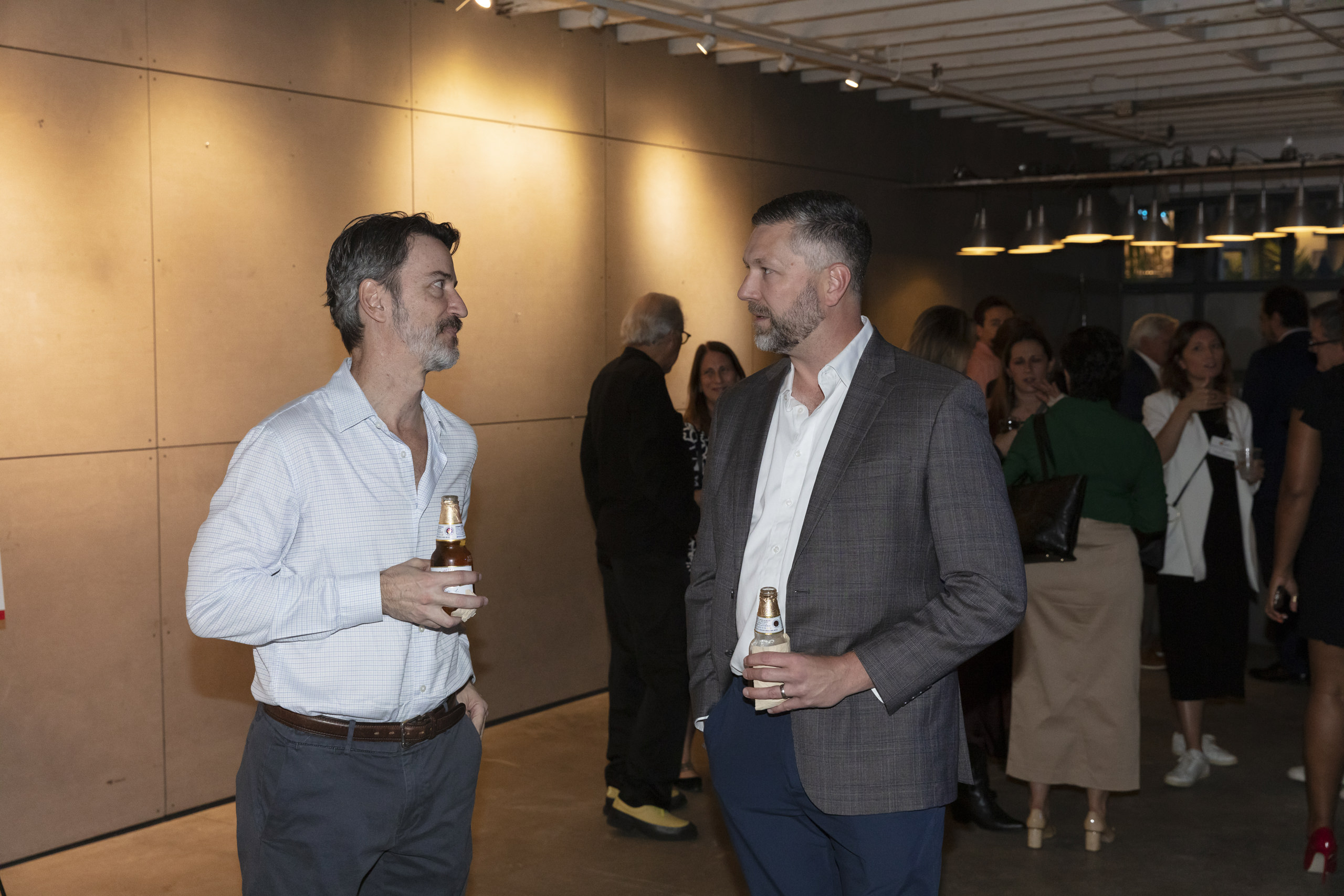
Miami itself provides the backdrop for this evolving story. As Angel Saqui remarked, architects today are “changing the paradigm shift in everything we do—from schools to workplaces to livable communities.” The city’s rapid growth, diversity, and cultural hybridity make gatherings like the Annual Meeting more than ceremonial—they are laboratories of vision, aligning a profession with the shifting identity of the metropolis it shapes.
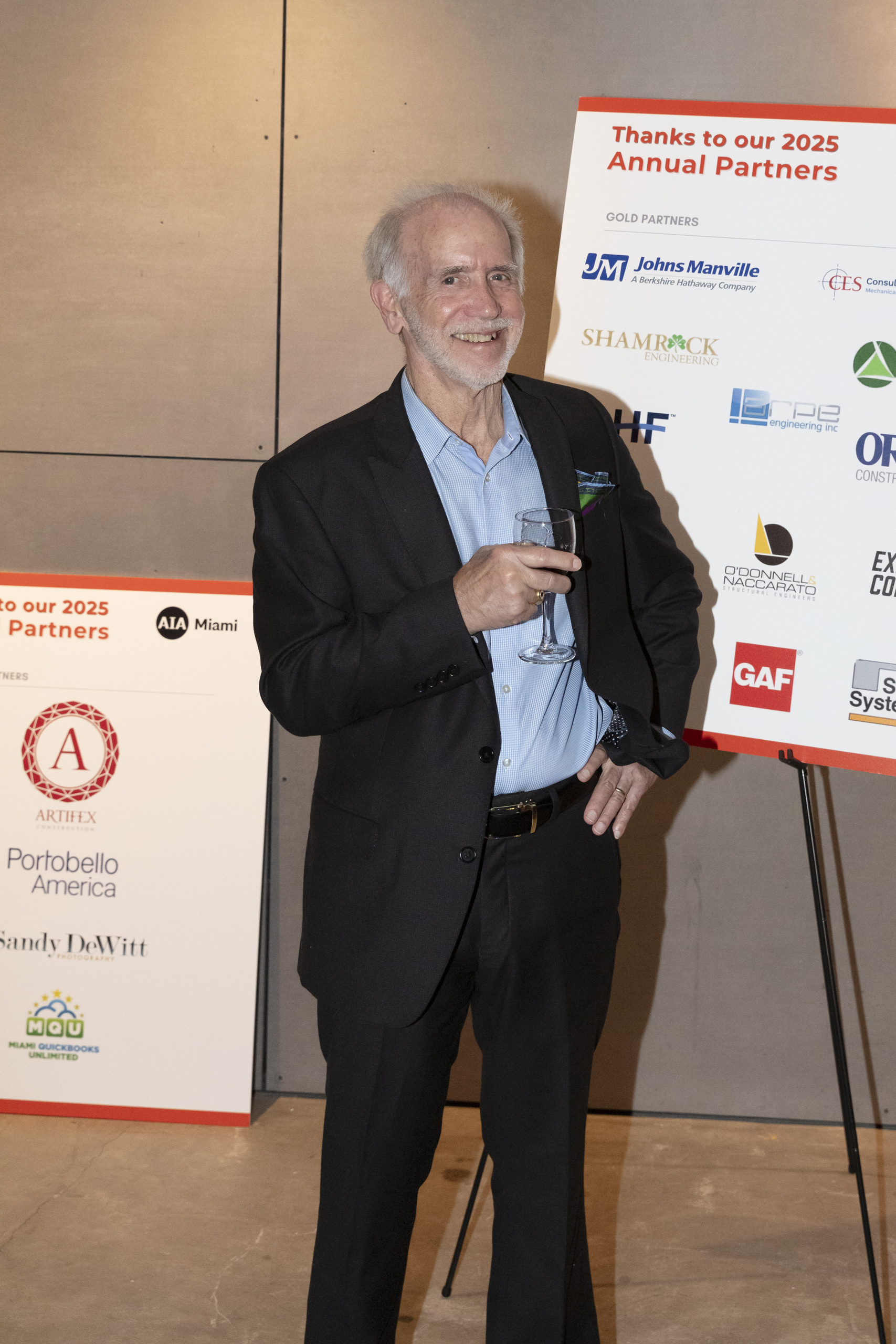
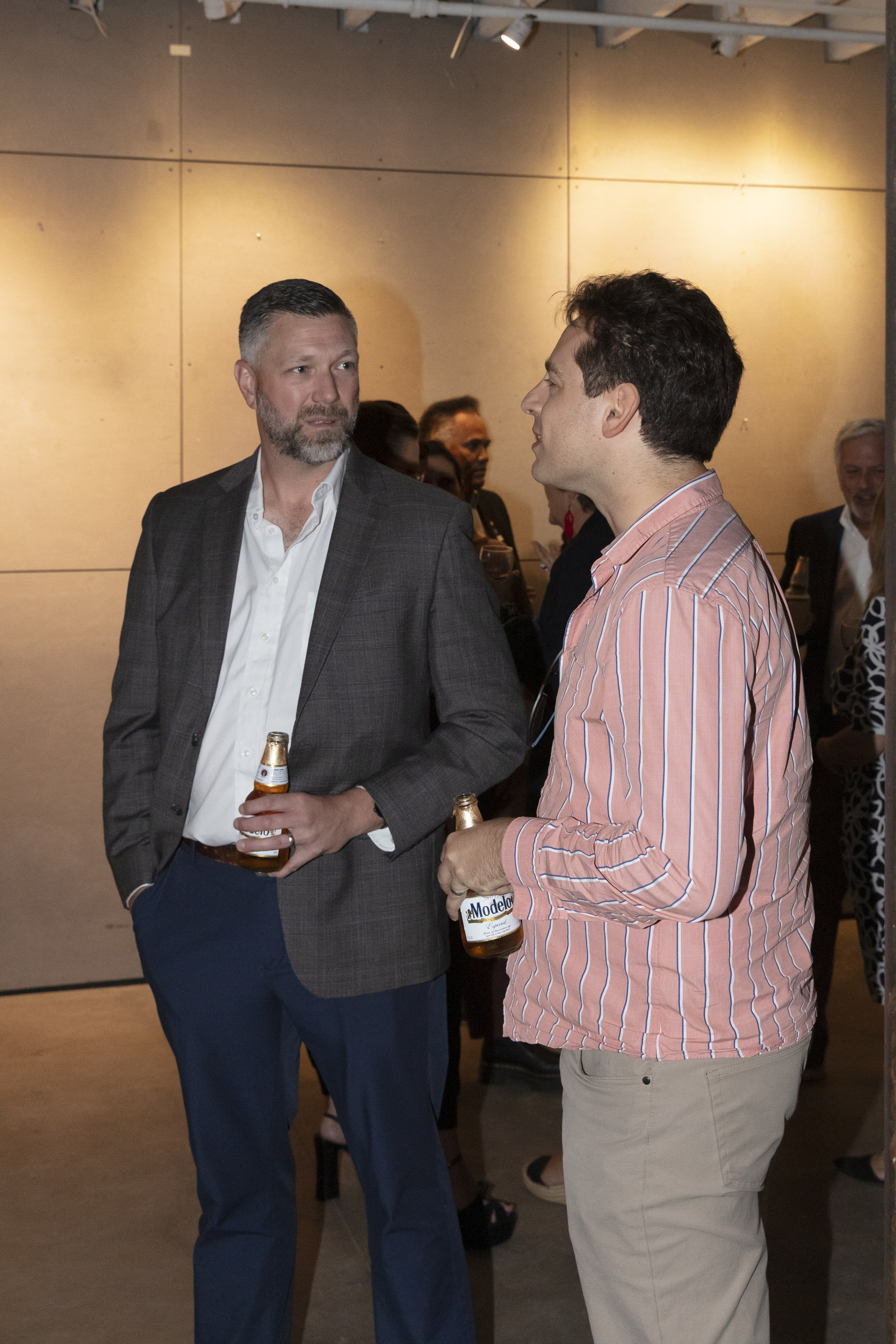
As the night at Ironside closed, what lingered was not only the slideshow of accomplishments or the introductions of leaders-to-come, but the palpable sense of belonging. Architects, sponsors, students, and allies—each played a role in a narrative bigger than any single project. The 2025 Annual Meeting demonstrated that for AIA Miami, architecture is not only about form or function but about fostering relationships that sustain the city’s cultural and professional life.
